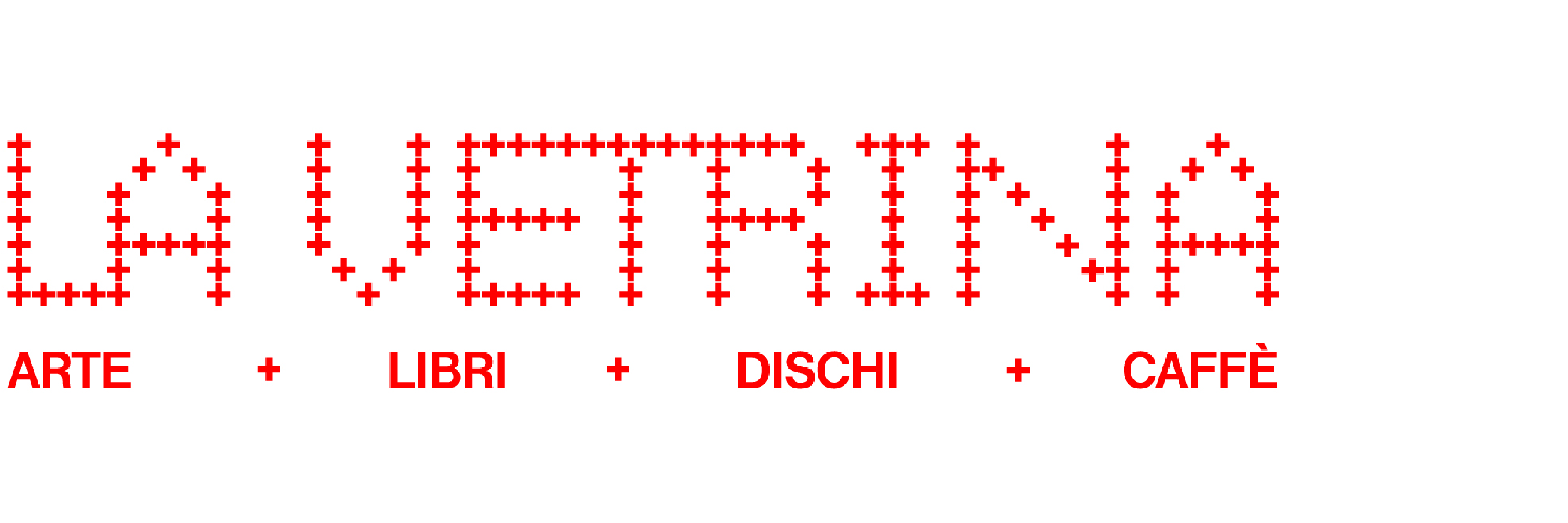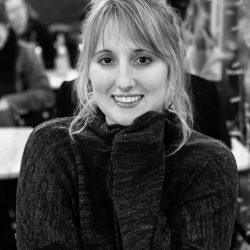1
Pied à terre is your second graphic report. After Les Mains Glacées, where you travelled to Greenland, here you are back on a boat. This time in the Mediterranean, to bear witness to humanitarian efforts. How do you draw on board? What is your method?
I used the same approach for both projects. I took logbooks with me, in which I recorded all my daily impressions, either in writing or through drawings. The two experiences were very different, and this is reflected in the two logbooks. In Greenland, the sailing trip was much calmer and more contemplative. We were there, among artists, to create, exchange ideas and draw inspiration from our surroundings. The logbook I kept is much calmer and more polished, with many more drawings that are more accomplished and more carefully crafted texts. For the mission aboard the Ocean Viking, my role as a reporter also involved participating in the mission. Between the various tasks and training sessions, our daily schedule was very full. I had much less time to record everything. The texts take up more space because I didn’t want to forget anything. I did my drawings in the evening, once the day was over. In this notebook, you can really feel the sense of urgency and the stressful waiting situations. I also took a camera with me to complement my research and drawings with a touch of reality.
2
You draw ‘in immersion’, in a committed report for your first two books. Is this a form you will continue to use? Is it this need to go out into the field, to get personally involved, that motivates you?
Drawing has always allowed me to leave a mark, to tell stories, but also to get involved in causes that are important to me, to share them with others and to have a chance to raise awareness. My drawings and stories allow me to explain reality, which can sometimes be unbearable, where words are not enough, but also to highlight life journeys, dreams, hopes and, above all, emotions. It is imperative to take action and when it comes to human lives, being courageous is a given. In order to carry out this project and understand what is at stake, it was essential for me to get personally involved and board the Ocean Viking. This allowed me to experience things first-hand and feel sufficiently legitimate to share them and, above all, more human; to have a chance to participate, in my own small way, in something necessary. I want to continue, through my drawings, to pay tribute to all those involved in these operations, whether directly or indirectly. For Pied à terre, my drawings remind us why we must continue to be committed and the importance of rediscovering a little humanity and courage in the face of these tragedies.
3
What restrictions did you have to comply with while working aboard the Ocean Viking? For example, protecting the anonymity of passengers and/or rescuers?
When boarding a humanitarian ship, there are certain rules that must be followed, both for safety reasons and out of respect for the crew and those being rescued. Journalists and photographers who embark on a mission have a few rules to follow. In particular, in the common areas, no photos or cameras are allowed in the lounge and certain parts of the ship. This is to protect the privacy of the rescuers and also for safety reasons (piracy). Several subjects are off-limits, including depicting corpses or children, and they must always seek permission from the people being filmed or photographed. With drawing, I can be more subjective and bend the rules a little, without resorting to voyeurism. For example, I preferred not to recount the private lives of the rescuers in detail, or to use drawings of waves when the subject evoked loss or drowning.
4
On a personal level, how did you find this extraordinary experience? Does one emerge unscathed from such an expedition? Is it necessary to prepare oneself psychologically to face such situations, either before or after the sea voyage?
Since my return, the word “courage” has come up often in conversation. At first, it escaped me. We associate it with heroism, with not being afraid, with moral strength. I didn’t feel justified in using that word. Faced with this reality, it took me a long time to accept it, and I still need time to stop feeling indignant towards Western society, which perhaps lacks courage. It is imperative to act, and when human lives are at stake, being courageous is a given. If I had to do it again, I wouldn’t hesitate for a second. Obviously, it wasn’t easy; it was an emotional rollercoaster where you inevitably break down several times. But the moments of urgency, fear and frustration are quickly erased by the feeling of being useful, and also by the moments of sharing and joy that we experience together. Although the mission lasted 25 days and it took me a year to complete this comic book, deep down, I stayed on that boat much longer; you never really leave it. I came home transformed by everything I experienced on board this island of humanity. Being able to participate in and bear witness to this part of history brings us back to what is essential and to the need to be able to do something good.


